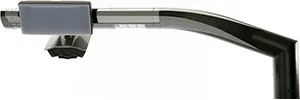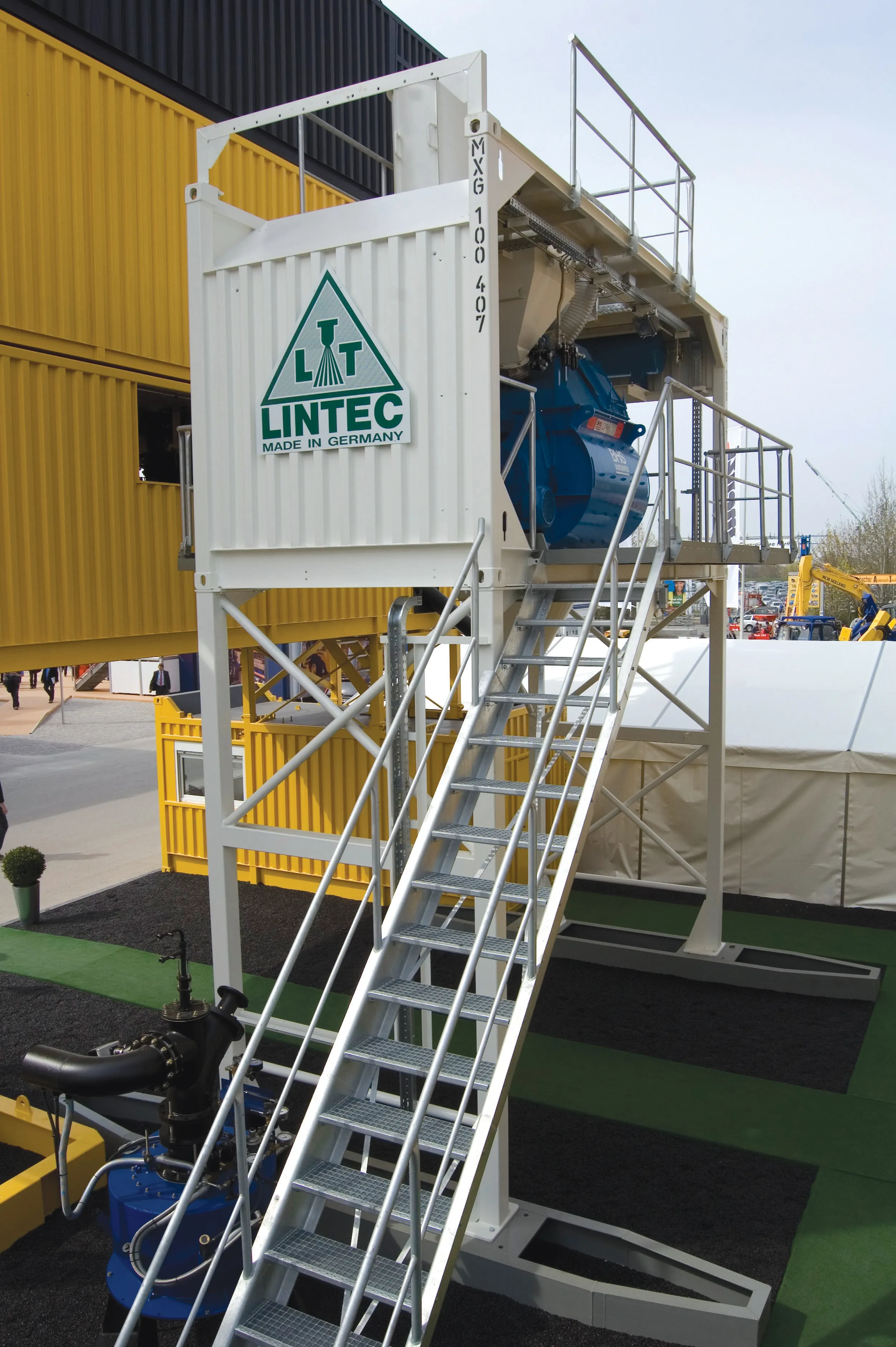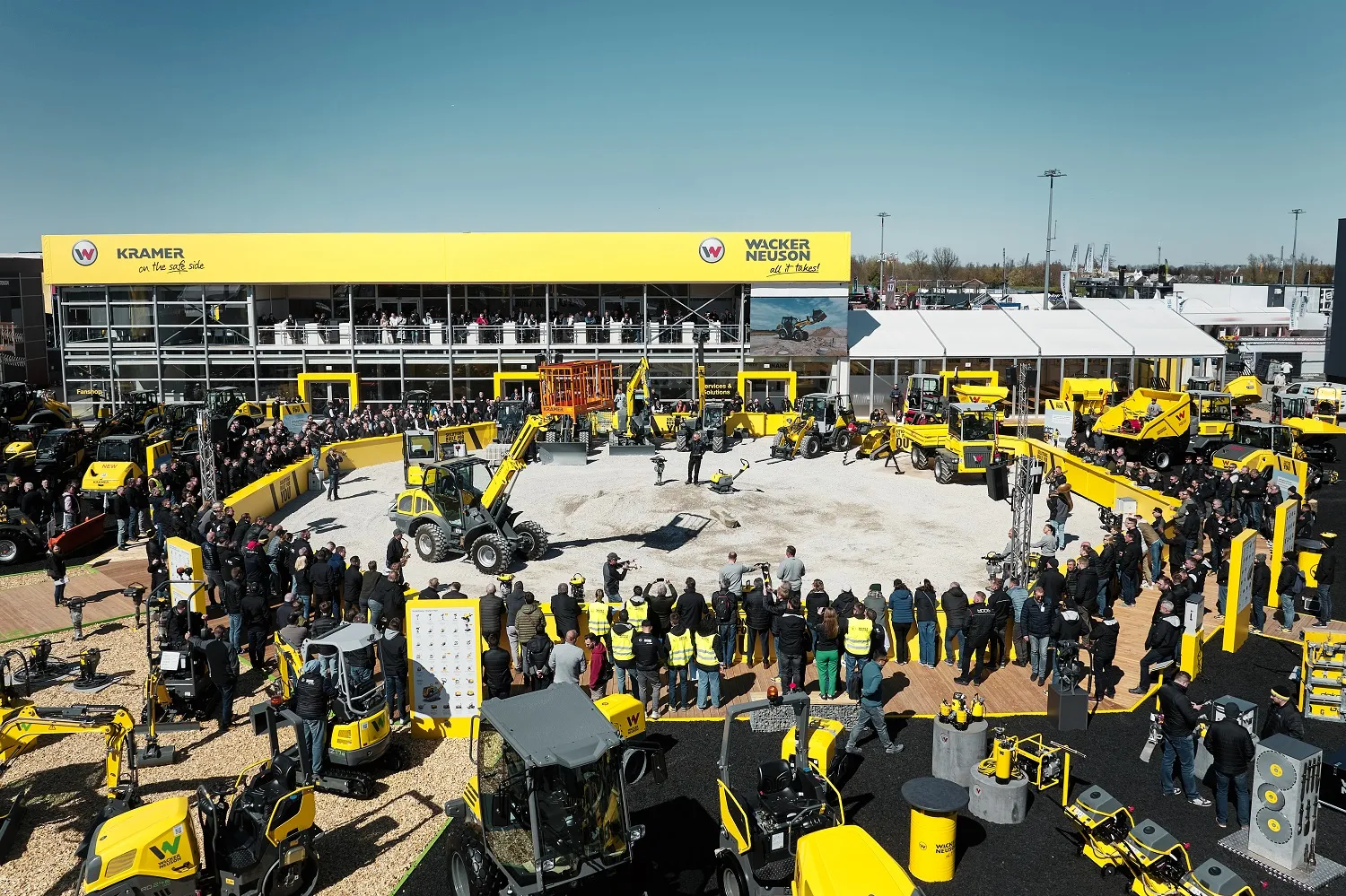Austria-headquartered Kapsch TrafficCom has been awarded the State Prize for Design 2011 in the category "Product design Industrial Design/Capital Goods" for its City Pole – a traffic telematics solution that sets the trend in terms of functionality and aesthetics. As the company points out, while telematics applications have become increasingly commonplace in the traffic segment in recent years, the focus has been mostly on technical components; design aspects were often only taken into consideration to th
May 15, 2012
Read time: 2 mins

Austria-headquartered 259 Kapsch TrafficCom has been awarded the State Prize for Design 2011 in the category "Product design Industrial Design/Capital Goods" for its City Pole – a traffic telematics solution that sets the trend in terms of functionality and aesthetics.
As the company points out, while telematics applications have become increasingly commonplace in the traffic segment in recent years, the focus has been mostly on technical components; design aspects were often only taken into consideration to the extent required.
Strong financial results
Meanwhile, Kapsch TrafficCom has recorded a net profit of €22.40 million (US$30.29 million) in the first half of business year 2011/2012. This is a 53% growth year-on-year. At the same time, the company's turnover amounted to €278.8 millon and was 90% up. The EBIT stood at €40.1 million, which is 120% above the EBIT of the first half of 2010/2011. Kapsch's sold some 5.7 million on-board units, which is more than the 5.2 million units sold in the whole of 2010/2011. The EBIT in the second quarter of 2011/2012 was 33.4% up, amounting to €17.9 million and the turnover rose 79.5% to €144.1 million.
As the company points out, while telematics applications have become increasingly commonplace in the traffic segment in recent years, the focus has been mostly on technical components; design aspects were often only taken into consideration to the extent required.
The Kapsch solution is an initial prototype which comprises a telematics unit on the installation mast - the City Pole - a camera housing as well as a transceiver housing. According to the company, because of its visual and aesthetic compatibility, it works particularly well in the urban environment with and can be used in applications such as entry restrictions, red light monitoring, or parking space management.








